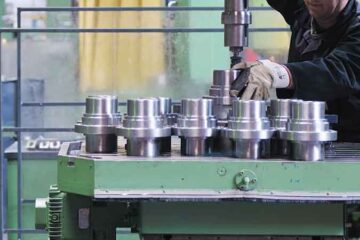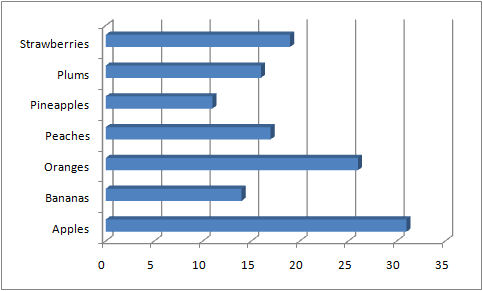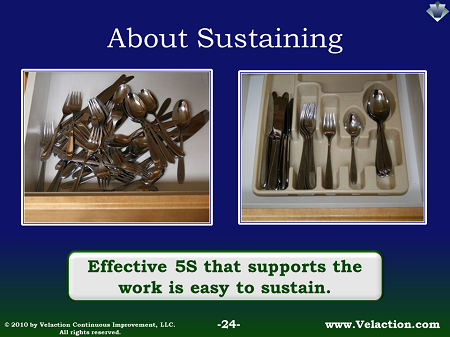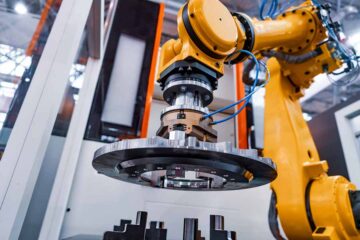Capital Expenses
Capital expenses are the costs for fixed assets—the things that are typically carried on the books (reported on financial statements), last longer than a year, and provide recurring value. Buildings, vehicles, and equipment are typically capital expenses. Capital expenses hit the income statement in the form of depreciation. Your company doesn’t have to report the whole cost of a building all at once when they buy it. They slice off a little piece of the Read more…






